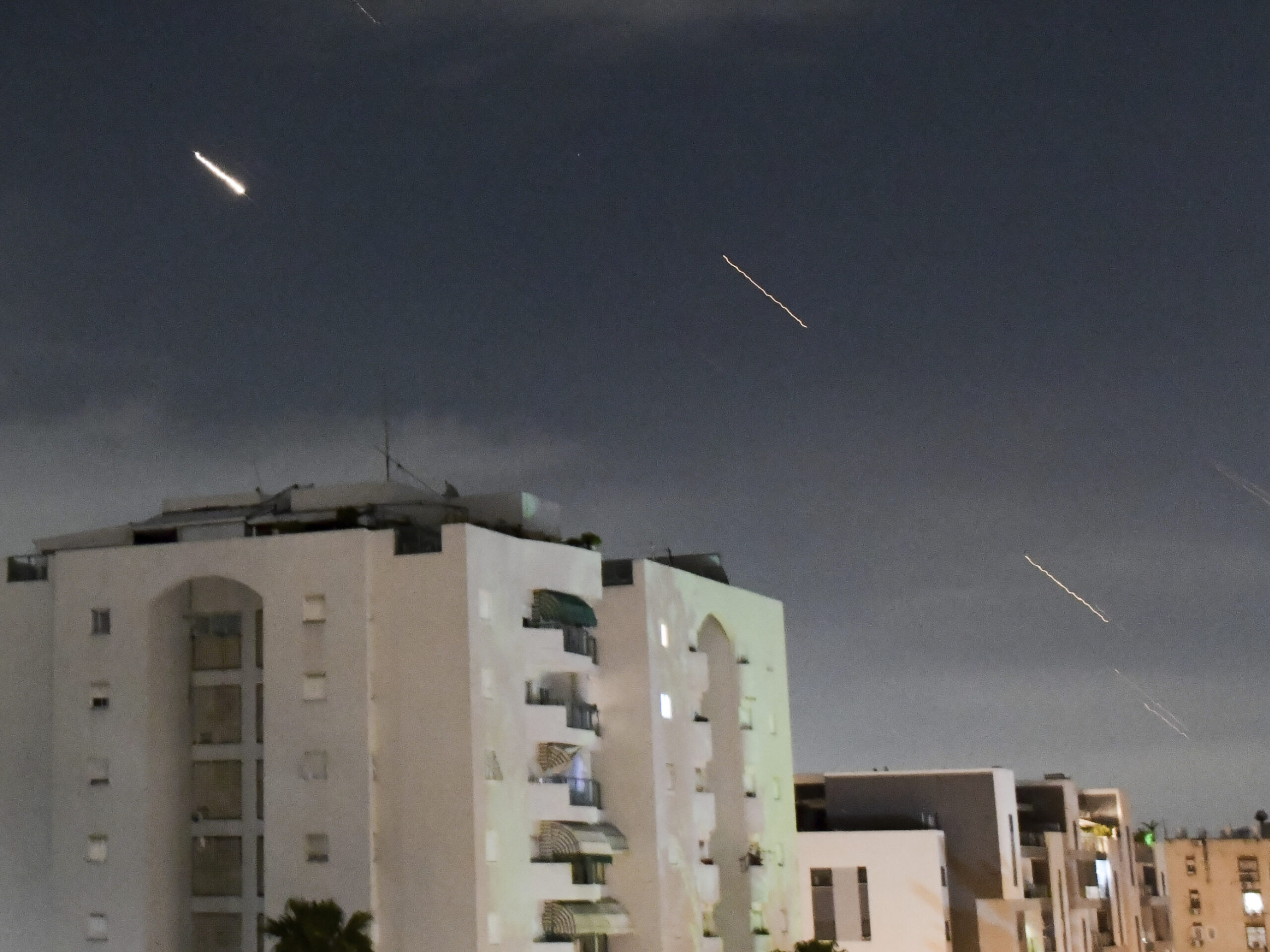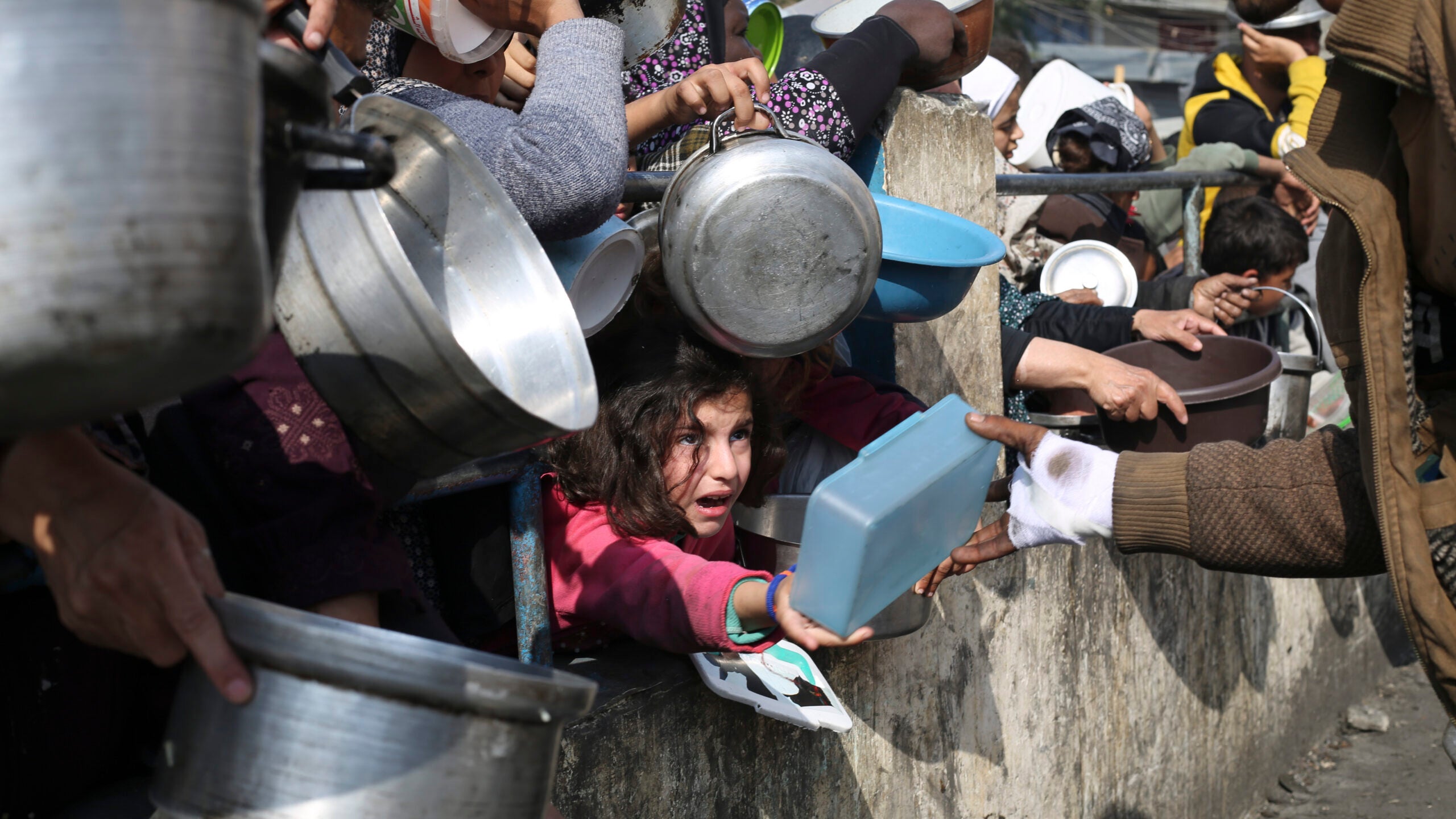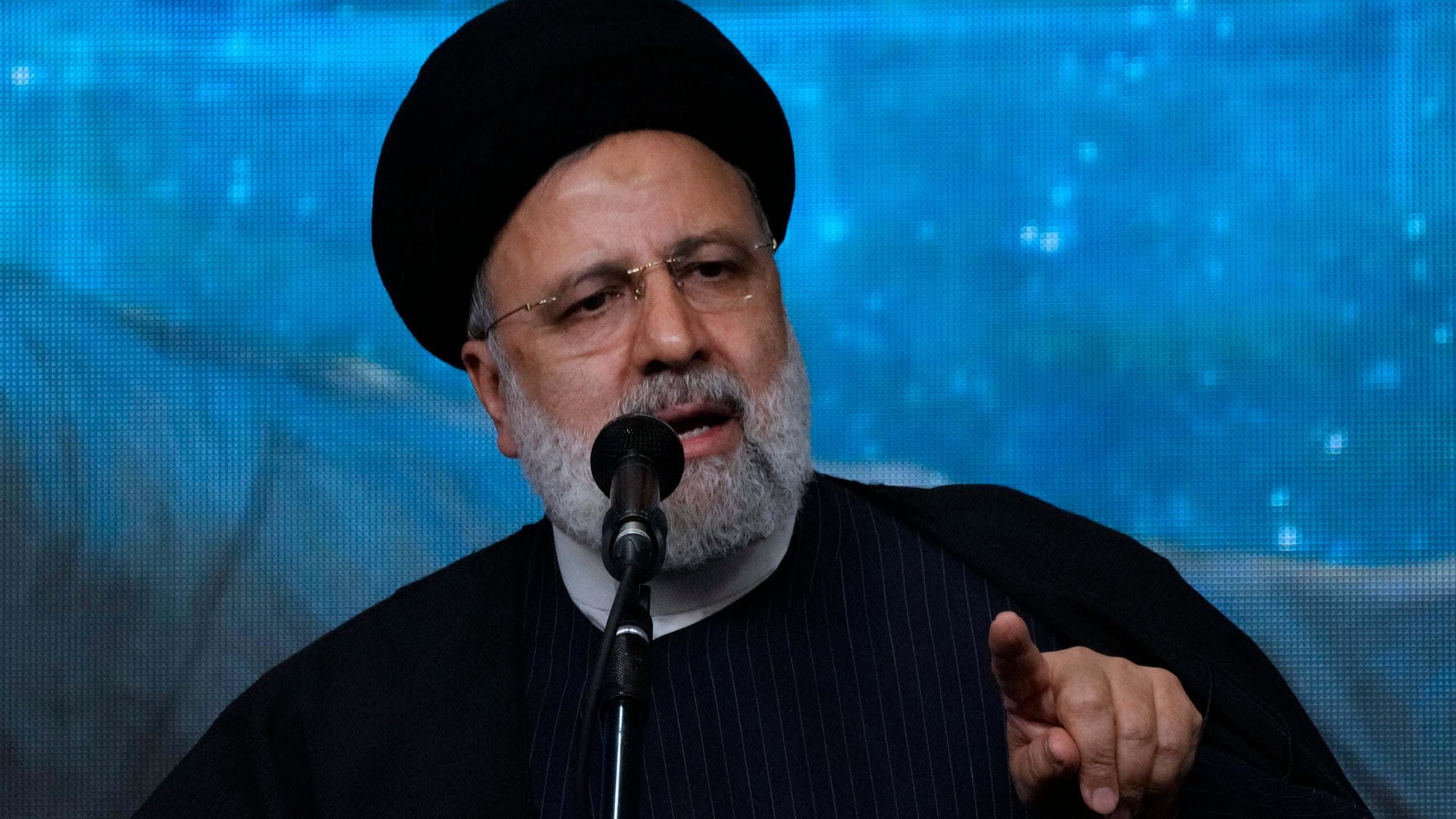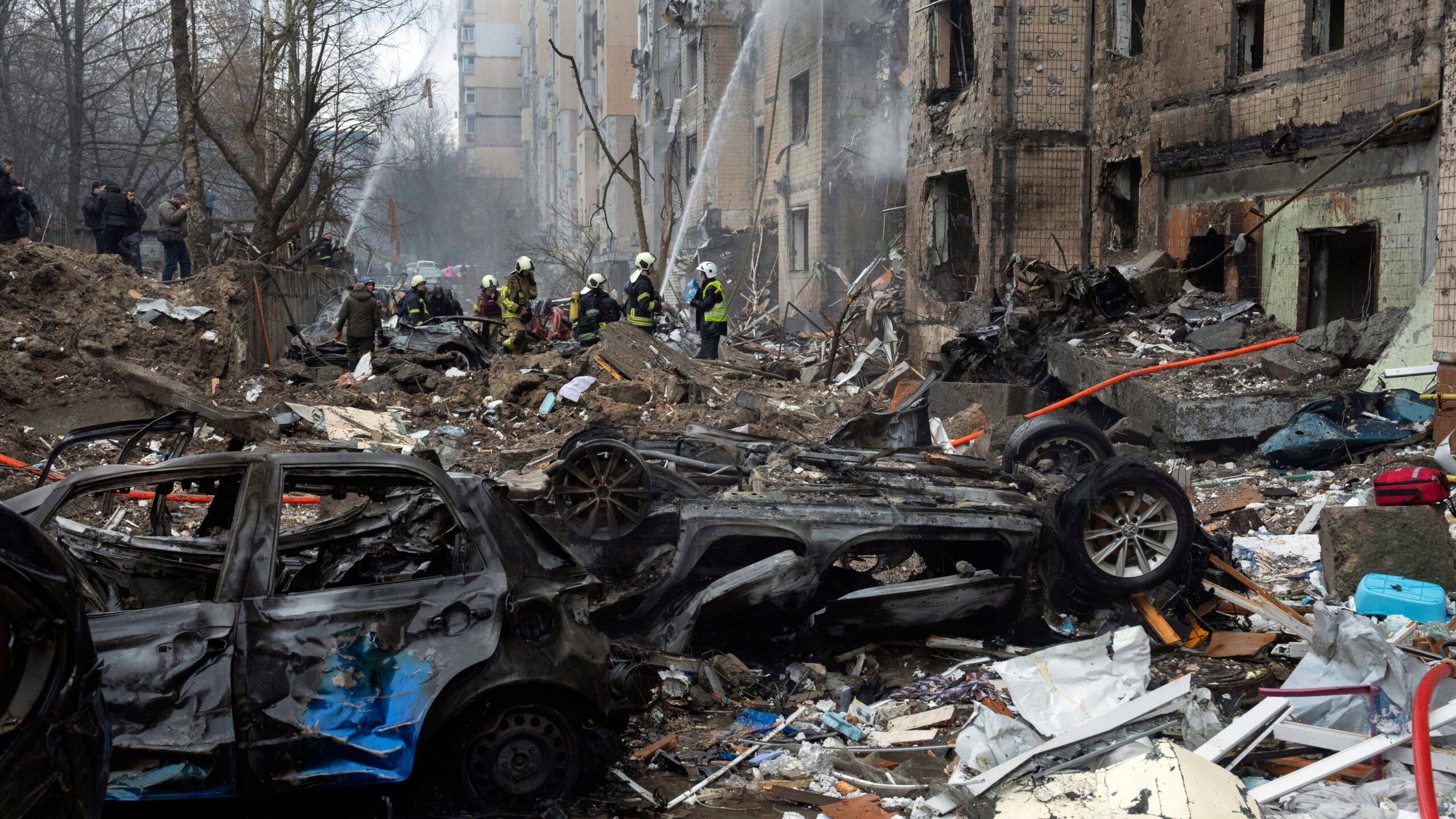America has used drones in its War on Terror for the better part of 14 years, but there’s still a lot we don’t know about how the devices are used. An author discusses the country’s strategy when it comes to drones and assassination targets in the Middle East. We also get the latest news from the world of national politics.
Featured in this Show
-
New Book Details Government's Secret Drone Warfare Program
A new book, “The Assassination Complex,” draws from leaked documents to reveal how the U.S. government’s secret drone warfare program actually works.
The book was conceived by investigative reporter Jeremy Scahill and his colleagues at the Intercept, an online news source focusing on national security and the U.S. military complex.
Drones have become a major part of the U.S. anti-terrorist efforts. Ramping up under the Obama administration, the U.S. forces have conducted drone strikes in Afghanistan, Iraq, Pakistan, Somalia, Yemen and elsewhere.
The strikes are aimed at suspected terrorists, but Scahill, who grew up in Wauwatosa, Wisconsin, said it hasn’t always been clear who is targeted, how drone strikes are approved or how many civilians have been killed in these attacks.
Scahill said the leaked documents came from a confidential source, a whistleblower who worked under the drone program’s special operations force high-value targeting team. He called it the most comprehensive leak on drone programming in history.
“What we’ve done is we’ve laid out the architecture of assassination, including sensitive slides that show the chain of command leading all the way up to the president. We call it the ‘kill chain,’ and how these drone strikes are authorized,” said Scahill.
The book reveals how the president and high-ranking national security and military officials go about deciding their targets. According to Scahill, officials put together a “kill list” by consulting intelligence materials that aren’t unlike baseball cards — a picture of an alleged terrorist and one side and classified information gathered through various means on the other — during weekly meetings at the White House.
Scahill said perhaps one of the most damning revelations from the documents is that in some cases, nine in 10 people that the U.S. kills in these air strike operations aren’t the intended target, and military officials often don’t know the identities of the people that they are killing.
“And yet the military and the CIA have a program where they created a mathematical equation that will almost always result in zero for the number of civilians killed because anyone killed in a drone strike is immediately categorized as an ‘enemy killed in action’ unless they posthumously are proven to have been an innocent bystander,” Scahill said.
Unless there are journalists or human rights organizations on the scene, Scahill said it’s difficult to confirm whether those who were killed were in fact terrorists or innocent bystanders.
Since drone attacks began in the early 2000s under the Bush administration, it’s tough to calculate just how many innocent civilians have died as a result of those strikes.
“It certainly is in the hundreds and quite possibly in the thousands,” said Scahill.
Scahill said his reporting isn’t to be misinterpreted as defending the integrity of the terrorists plotting attacks against the U.S., and certainly every nation has a right to defend itself. However, he said that the kill lists have created a parallel justice system in which military officials are serving as prosecutors, judge, jury and executioners.
Moreover, it might not be keeping Americans safe.
“I think we have created more enemies than we have killed actual terrorists,” he said. “I don’t know of a single drone strike that’s stopped an imminent attack against the U.S. I do know of a lot of drone strikes against people who were not on an active battlefield, had no capacity to kill any Americans, and they were killed in an act of precrime without having even been charged with a crime.”
While drone strikes first started and intensified during the Bush administration, they will be an enduring legacy for President Barack Obama, according to Scahill. He said he believes that Obama’s enduring legacy will be actualizing the counter terrorism efforts first proposed by Vice President Dick Cheney and Secretary of Defense Donald Rumsfeld — that the U.S. military will kill anyone, anywhere at any time, without first consulting sovereign nations.
“For a constitutional law professor who won the Nobel Peace Prize to have gotten the support to what amounted to assassinations to skyrocket among self-described liberals really kind of shows you the potency of having a system where there’s only two real options on the ballot to vote for when it comes to sustainable parties,” said Scahill.
Scahill said he hopes his book offers people a less sanitized, unfiltered view of warfare, one that often goes against the political proclamations from Washington, and as a result, have a much larger policy discussion about the effectiveness of drone strikes.
-
This Week In Washington – May 11, 2016
Harry Enten, senior political writer and analyst for FiveThirtyEight, joins Central Time for our weekly look at the most pressing issues in national politics.
-
Leaked Documents Provide Details On U.S. Drone Attacks
An investigative journalist digs into the rising use of drones under the Obama administration–and how targets are chosen and decisions are made leading up to American drone attacks.
Episode Credits
- Rob Ferrett Host
- Veronica Rueckert Host
- Rob Ferrett Producer
- J. Carlisle Larsen Producer
- Jeremy Scahill Guest
- Harry Enten Guest
Wisconsin Public Radio, © Copyright 2024, Board of Regents of the University of Wisconsin System and Wisconsin Educational Communications Board.




